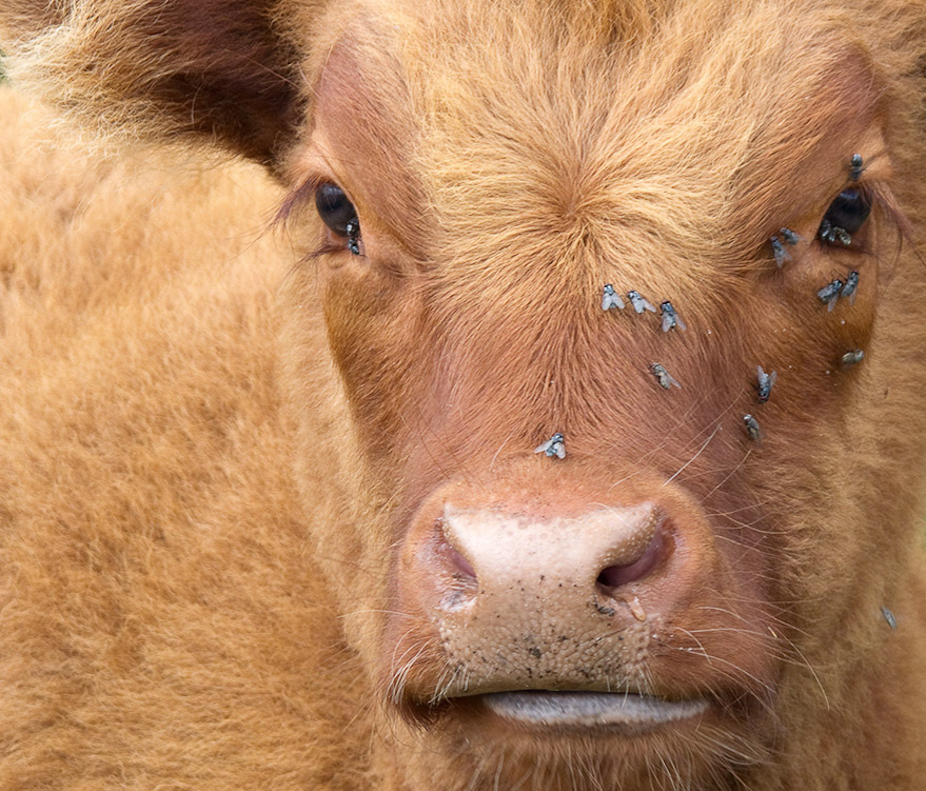In medieval times the leader of a victorious army planted a standard to signify ownership of territory. The standard signified all that its supporters believed in.
Similarly, the rewriting of Australia’s “model codes of practice for the welfare of animals” as “standards” needs the involvement of everyone in Australia’s animal production chain, including the public. But if the usual process is followed, expect standards heavily weighted towards industry.
Industry first; animals, their advocates and science second
The government has recently called for a rewrite of the standards. Small groups with representation from state and federal government and industry will work on each standard. The cost of the process will be equally shared between these three primary groups. A scientist will join the group if it is considered necessary.
Relying on animal industries for part-funding of the process - alongside their pivotal involvement in standards writing together with primary industry governments - will bring pressure to have minimal standards that do not constrain current practices. Of course industry representatives have to take part in the process, but often they are not aware of what is required by the public. Animal advocacy groups must also be represented at this level.
Australia’s proposed process has much less emphasis on a thorough review of the scientific literature than has been the case for European standards for animal welfare. Science will be optional and must not hold up the process.
Disappointingly, science has sometimes been commissioned by industry groups in an attempt to provide support for blatantly damaging standards for animal welfare. This was the case recently in the embittered bobby calf debate. Industry wanted to extend the time for which young, weak calves could be transported without the liquids that are necessary to keep them alive. Researchers provided scientific evidence (Fisher A et al (2010) Determining a suitable time off feed of bobby calf transport under Australian conditions) which they said supported extending this time. Other scientists said the research actually supported a reduction.
Admittedly the European scientific reviews that precede their animal welfare standards are available to inform Australian standards, but the different conditions will make this difficult. As a result, arguments will be made that the European standards, which are generally stricter than those currently used in Australia, are not relevant.
After standards are established they will be passed to a reference group, which includes the animal welfare advocacy groups representing the public interest. This is where most problems occur: generally an impasse between animal advocacy and industry representatives. Face-to-face meetings are likely to be necessary to reach agreement, and do occasionally happen, but have not been built into the process.
Must, should or may?
The government proposes the codes of practice be rewritten as a combination of standards and guidelines. Standards will be written as actions that “must” happen, enforceable in law. Guidelines will carry less force and will be written as actions that “should” happen.
It’s good to have a distinction between actions that are required and those that are only desirable. But a more honest wording for optional actions would be “may” or “could”.
Some distinction between obligatory and optional actions is necessary because animal management systems are complex and people’s expectations are varied. Certain actions must be conducted at all times, such as providing a suitable diet. Some must never happen, such as cruelly beating an animal.
Standards are usually based on the bare minimum everyone agrees is required. Australian standards are likely to be stricter than the international standards of the World Health Organisation, because of the many developing countries that sign up to the latter. We can (and should) afford higher standards of animal welfare than the developing countries.
Guidelines are more aspirational and an opportunity to encourage consumers to support better standards. Rather than mix the two in one document, it would be better to produce first a legally enforceable, and enforced, set of minimum standards.
Then, in conjunction with retailers, it would be worthwhile and less confusing to separately produce a set of guidelines to best practice. These could be linked to higher payments for animal products by consumers. Arguably the government does not need to be part of this process; bodies such as RSPCA are already doing it.
Australia must plant a strong animal welfare standard in its soil, a standard which all Australians will support. Gandhi said, “the greatness of a nation and its moral progress can be judged by the way its animals are treated”. We must not have a standard that simply represents the regulation of industry, by industry, for industry. It must be a standard that is agreed by a democratic process and will stand the test of time, for the benefit of animals and society.
Read another view on revising the welfare standards here.

